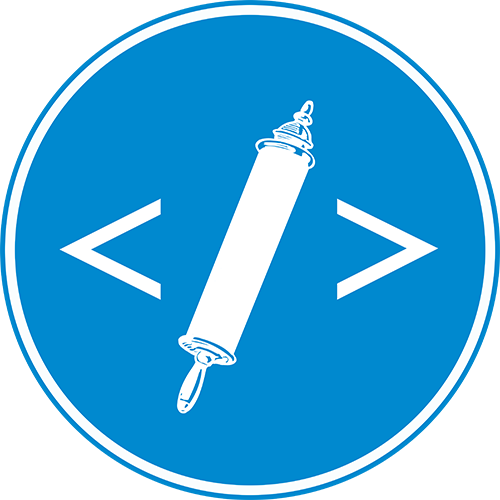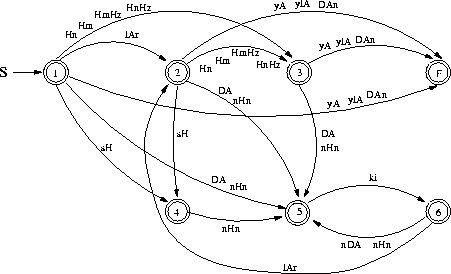
Morphological Parser for Inflectional Languages Using Deep Learning (Part I)
Willem van Peursen, Martijn Naaijer, Constantijn Sikkel, Mathias Coeckelbergs[1] “How can we make a Machine Learning (ML) based parser for the morphology of inflectional languages?” This question was the starting point for the project “Morphological Parser for...
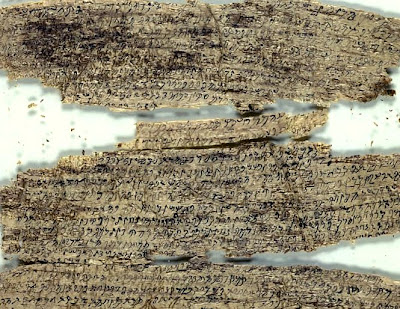
Dhammapada Latine
Bee Scherer (project lead) Dirk Roorda (text fabric) Yvon Mattaar (Pāli input) Willem van Peursen (DAST lead) The Eep Talstra Centre for Bible and Computer (ETCBC) is linked to the research group Digital Approaches to Sacred Texts (DAST) at the Faculty of Religion and...

Tracing Patterns across Translations. Applying Colibri Core Techniques to the Peshitta.
This second blogpost for the PaTraCoSy project brings us to a first discussion of the translation patterns from the Hebrew Bible into the Peshitta. Before we can address the results, we briefly describe how we constructed the model. After installation of Colibri Core,...
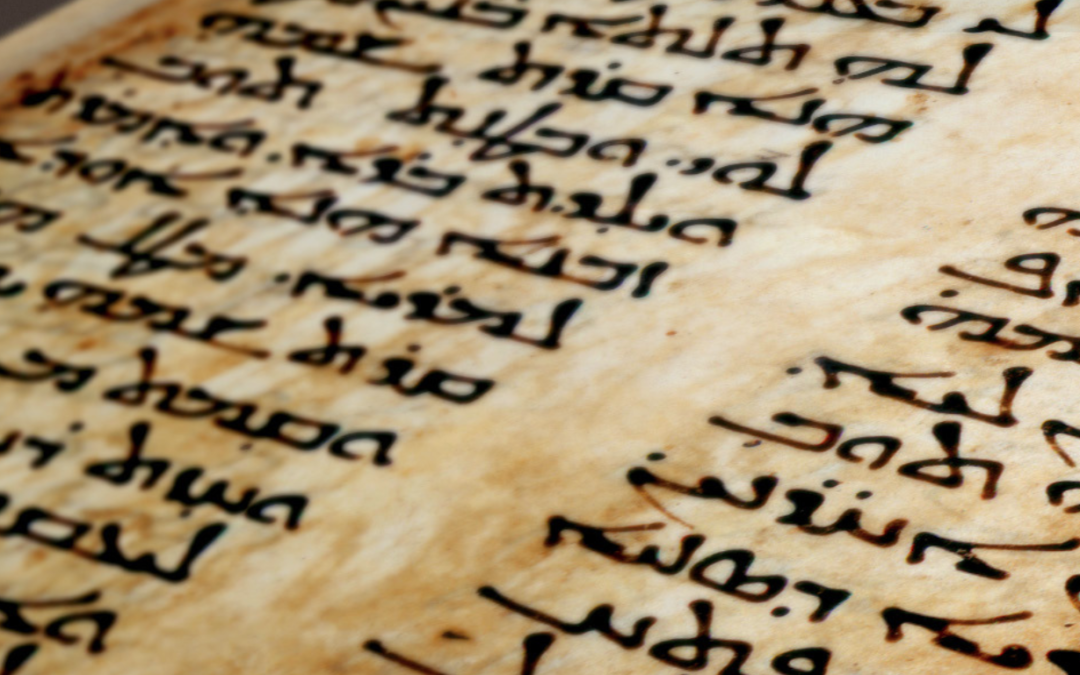
Aligning Hebrew and Syriac Genesis. Initial Results of the PaTraCoSy Project.
This very first blogpost seeks to report on our advancements in the PaTraCoSy (PAtterns in TRAnslation: Using COlibriCore for the Hebrew Bible corpus and its SYriac translation) project, which is funded by CLARIAH. The overall goal of this project is to use the...
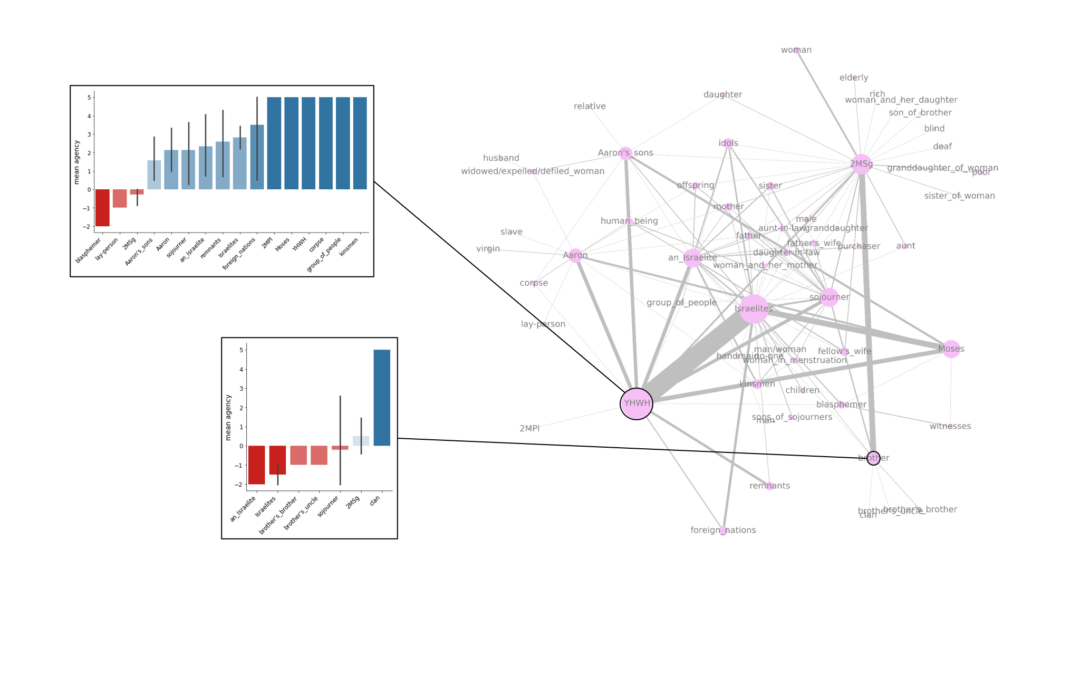
Using the ETCBC database for exploring social networks in Biblical law
The Mosaic laws of the Torah are quite unusual, embedded as they are in the narrative of the Torah. Thus, they are not only commands and prohibitions but relate intrinsically to the grand storyline of Torah extending from creation to the impending conquest of...
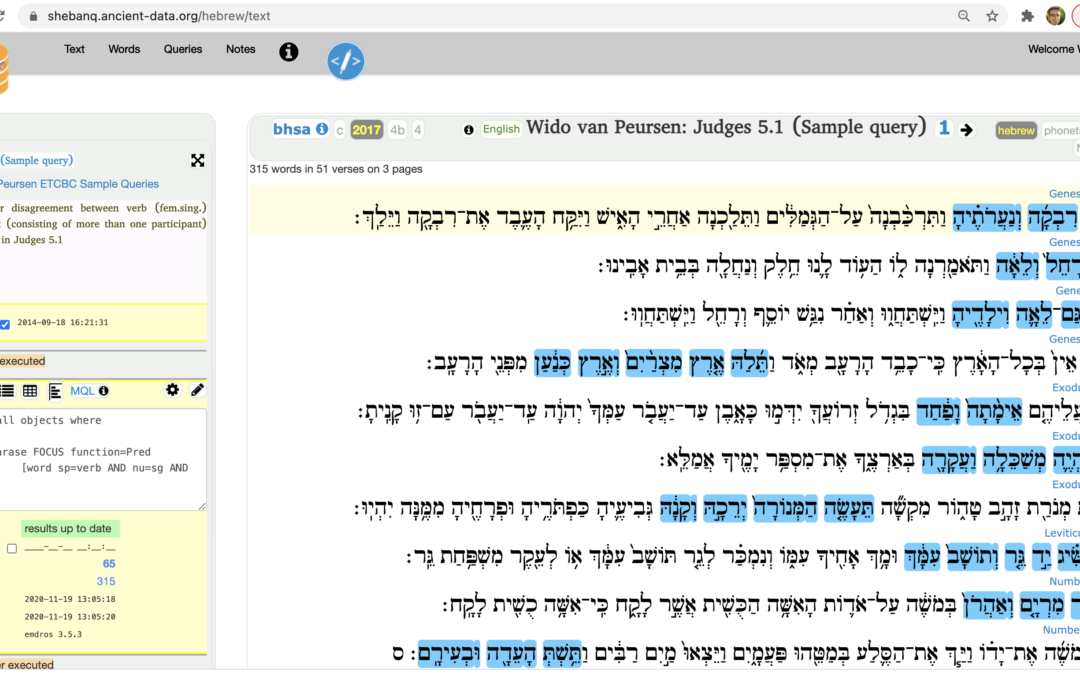
Translating the Bible with the help of SHEBANQ
Data analysis is very important in the translation and research of the source text of the Hebrew Bible. With data analysis, translation choices can be better supported if you know how to use the tools available. Understanding the syntactical structures of the source...
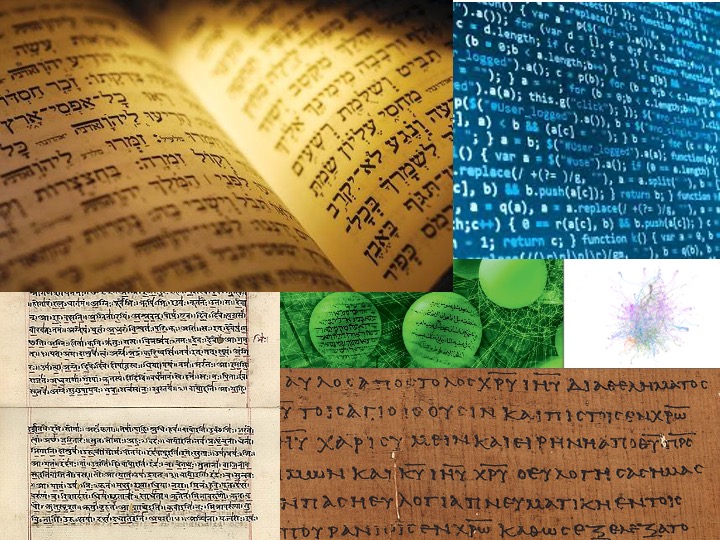
Digital Approaches to the Old Testament and Other Sacred Texts — Research Meetings Spring 2021
In the next months we will have an exciting schedule of research meetings and presentations. All will meetings will be online. For Zoom meetings send a request Prof. Wido van Peursen Thursday 4 Feb 2021 11.00–13.00 CET Wido van Peursen Digital Approaches to the Old...
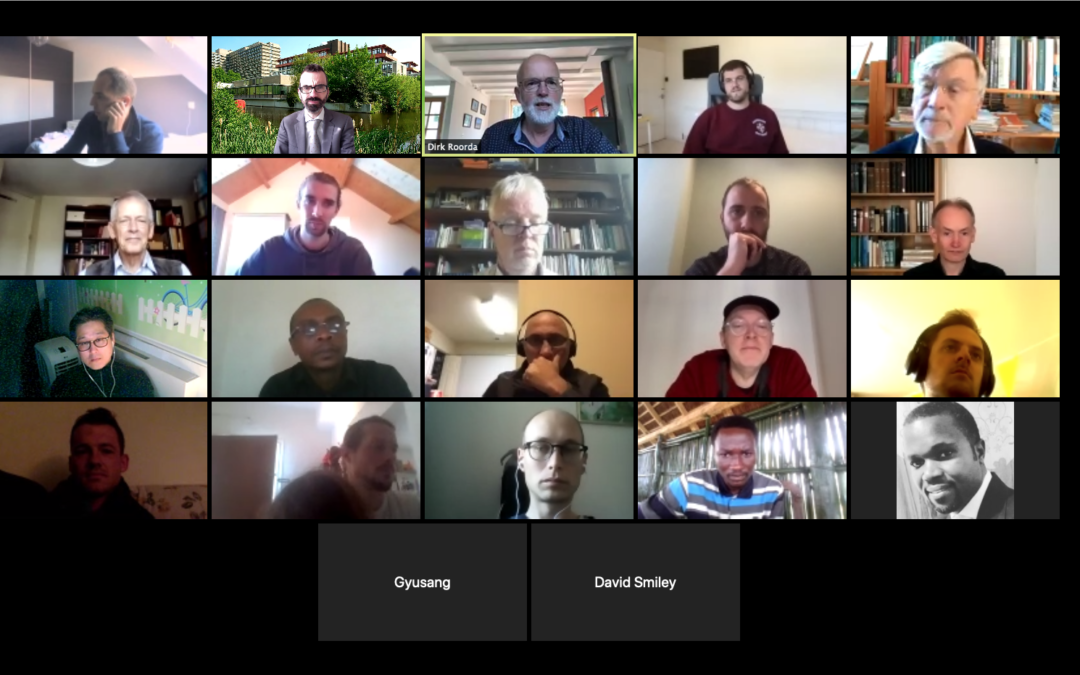
International Interest in the Course Digital Hermeneutics and the Reception of the Hebrew Bible
Tuesday morning (Amsterdam time), September 1st, was the start of the course Digital Hermeneutics and the Reception of the Hebrew Bible at the Vrije Universiteit in Amsterdam. Because of the coronavirus, all lectures took place online via Zoom meetings. Although it...
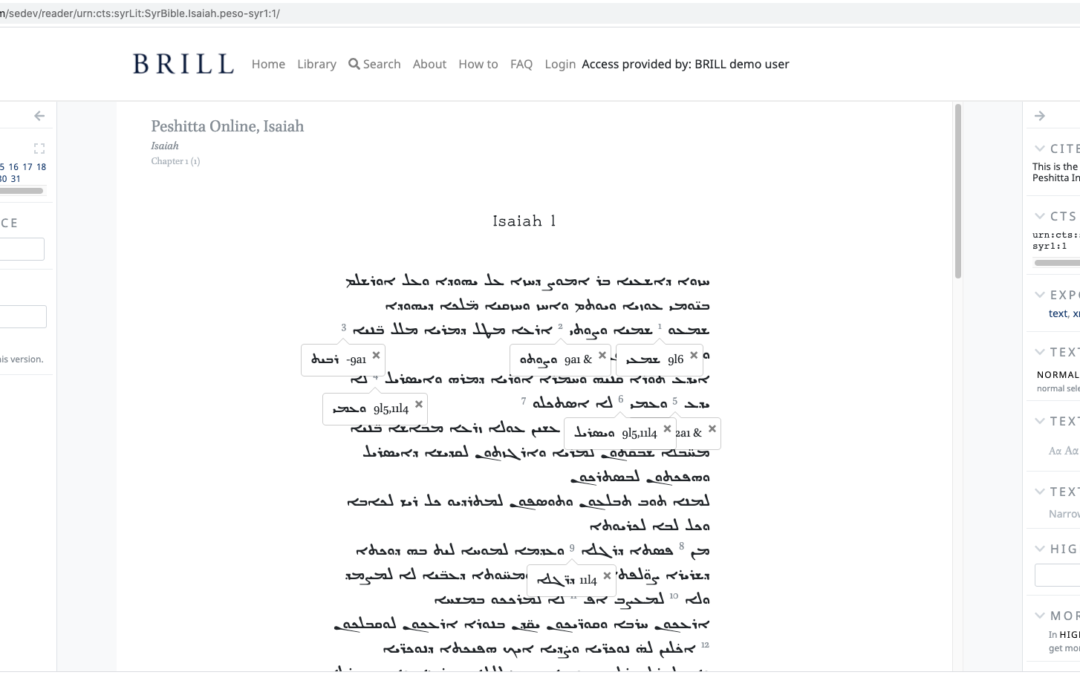
The Brill Peshitta Portal Project
In cooperation with Brill publishers, the Eep Talstra Centre for Bible and Computer (ETCBC) and the Peshitta Foundation have prepared an electronic version of Leiden Peshitta edition, Vetus Testamentum Syriace. With the recent publication of the volume containing...
